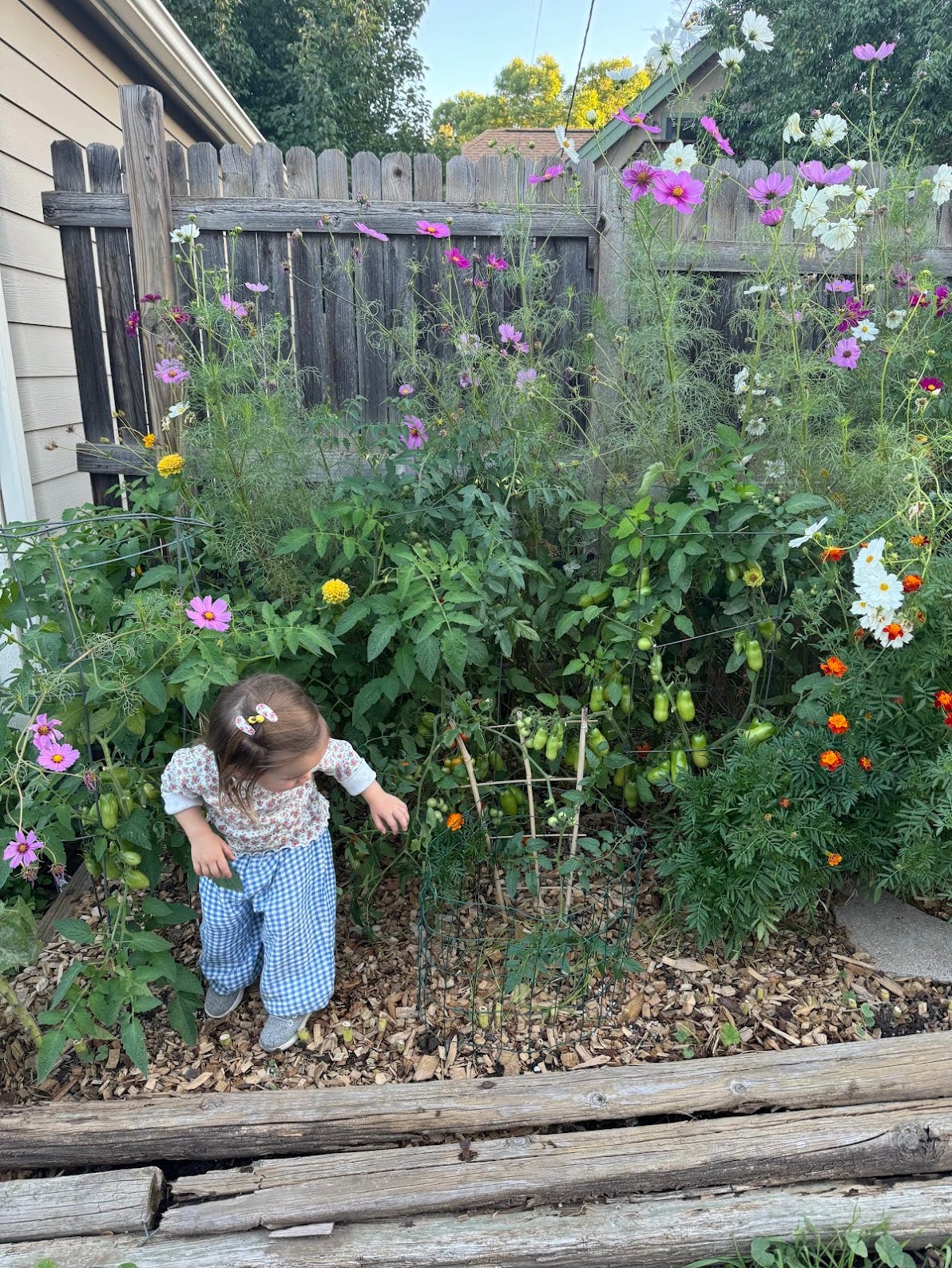hello from the quiet dawn of a rainy Sunday morning 🌧 instead of the usual essay, I have something different for you today: a poem that has deep hallways of meaning for me, and perfectly captures the strange tunnel of transition into a new season.
I hope reading (or hearing) it now will capture or expand upon a mood that may also be visiting you today, or if not, transform and transport you somewhere else entirely.
this poem is a sestina, which is an old, intricate, and specific form of poetry notable for its thirty-nine lines and pattern of repeating words. I stumbled upon this one in my copy of The Wadsworth Anthology of Poetry (which I bought in college, and has a CD-rom inside the back cover. the world changes so fast!). here we go.
Sestina (1965)
Elizabeth Bishop
September rain falls on the house. In the failing light, the old grandmother sits in the kitchen with the child beside the Little Marvel Stove, reading jokes from the almanac, laughing and talking to hide her tears. She thinks that her equinoctial tears and the rain that beats on the roof of the house were both foretold by the almanac, but only known to a grandmother. The iron kettle sings on the stove. She cuts some bread and says to the child, It's time for tea now; but the child is watching the teakettle's small hard tears dance like mad on the hot black stove, the way the rain must dance on the house. Tidying up, the old grandmother hangs up the clever almanac on its string. Birdlike, the almanac hovers half open above the child, hovers above the old grandmother and her teacup full of dark brown tears. She shivers and says she thinks the house feels chilly, and puts more wood in the stove. It was to be, says the Marvel Stove. I know what I know, says the almanac. With crayons the child draws a rigid house and a winding pathway. Then the child puts in a man with buttons like tears and shows it proudly to the grandmother. But secretly, while the grandmother busies herself about the stove, the little moons fall down like tears from between the pages of the almanac into the flower bed the child has carefully placed in front of the house. Time to plant tears, says the almanac. The grandmother sings to the marvelous stove and the child draws another inscrutable house.
there’s something strange and beautiful here, right? as is characteristic of a sestina, this poem establishes “characters” that bear weight and have a magnetic energy: the old grandmother, the child, the stove, the almanac. these are established through repetition, and gain qualities from their interplay with the secondary characters: the house, the rain, the string, and—of course—the tears.
as the scene progresses, the characters, which at first seem ordinary, take on a mythic quality: the almanac foretells, and hovers on a string; the grandmother cries brown tears. the stove speaks; the child’s drawings can shape-shift.
what starts as an ordinary setting begins to feel like a magical one, and the transformation into this mode is palpable as the poem reaches its climax: when the little moons fall down like tears in the child’s drawing.
as I read it, I revel in a feeling akin to what’s evoked by that comforting, elegiac nursery rhyme—it’s raining, it’s pouring, the old man is snoring—and then am led quietly into a new dimension, perhaps like Alice through the looking glass, with talking stoves and seer almanacs and little moon tears.
and despite the sadness laced through the scene, the feeling is overwhelmingly one of safety and comfort, of acknowledging the sadness and strangeness of an ordinary day in an ordinary house, which, when looked at closely, really isn’t very ordinary at all.
thank you for reading! I wonder what this poem nudged open for you, or what else has moved you this week. as always, I need the juicy details of your days. back soon with provisions for early fall! until then, a reminder to hang on to the pockets of life still bursting out there.

🍅, Becca



